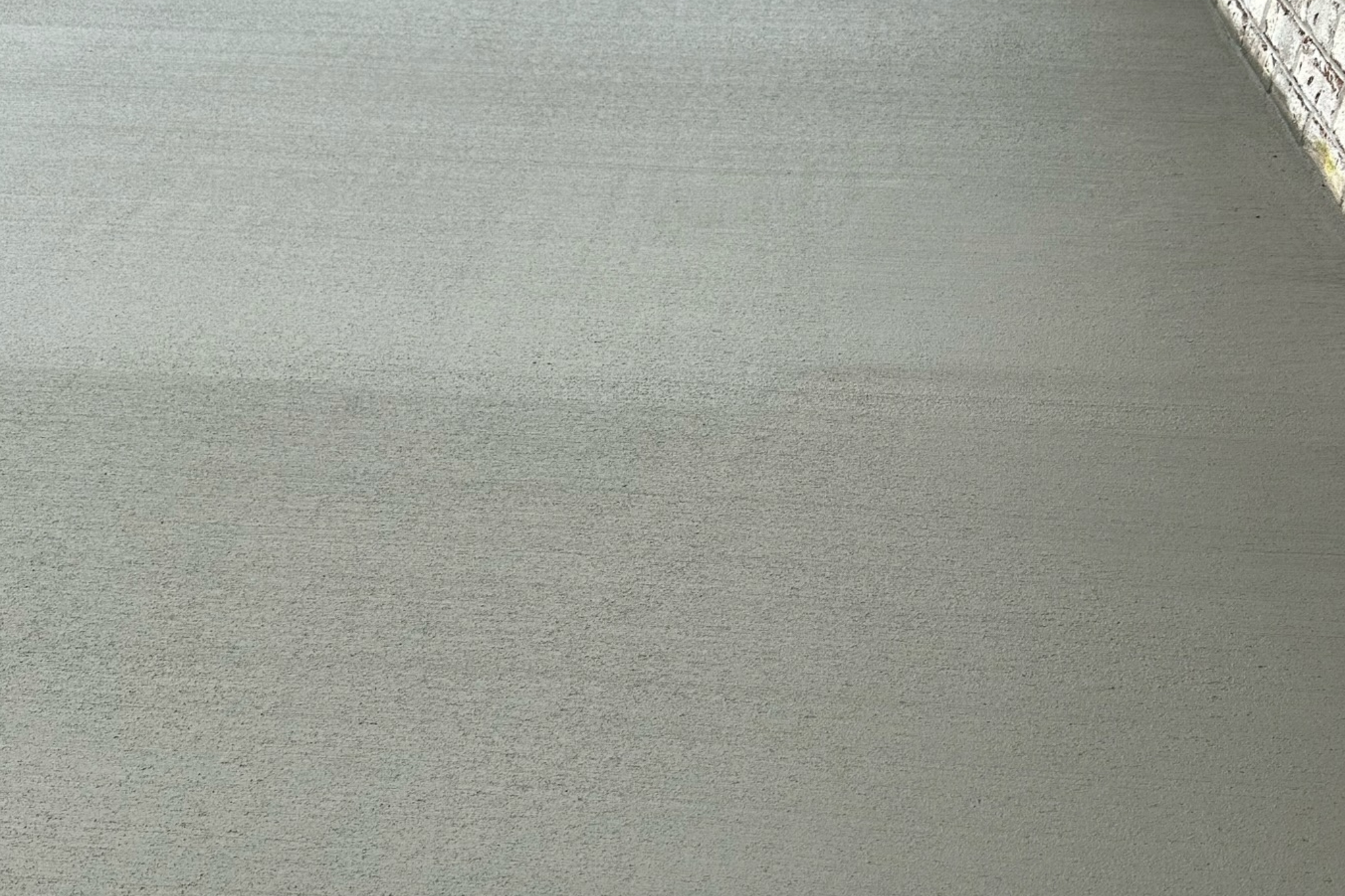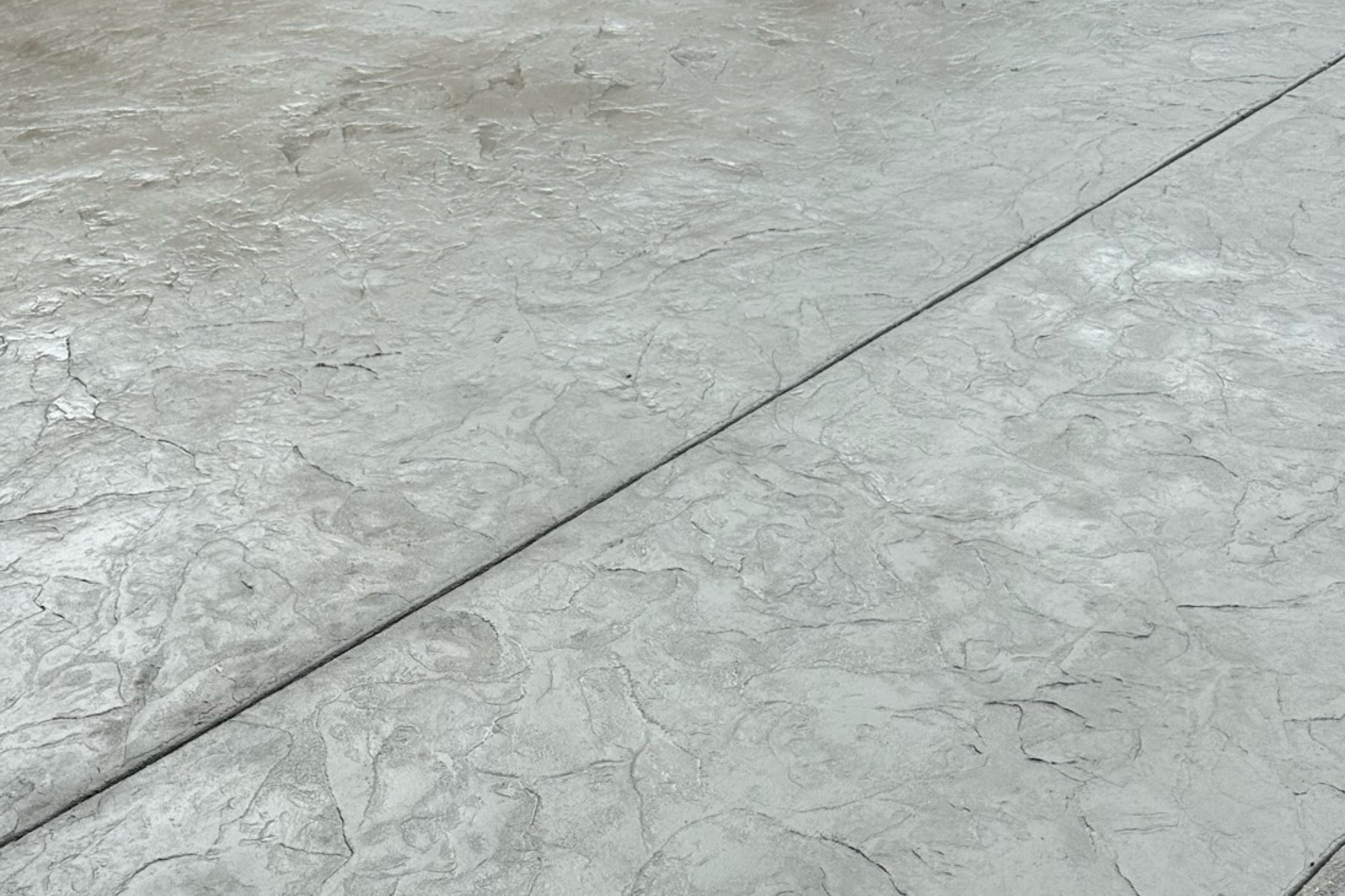
Concrete solutions can offer strength and style for your fitness space. Understanding the nuances of selecting and installing the right concrete flooring is essential for creating a durable and functional gym environment. From evaluating different concrete options to reflecting on installation methods, important factors must be considered in your decision-making process. So, how can you ensure you choose the most suitable concrete solution for your gym?
Key Takeaways
- Consider material durability like rubber or vinyl for high traffic.
- Assess installation costs based on area size and flooring type.
- Evaluate gym activities to inform flooring choice and installation method.
- Budget for quality materials, labor, and long-term maintenance costs.
- Prepare the gym space by clearing debris, inspecting the subfloor, and measuring accurately.
Benefits of Concrete Gym Flooring
Concrete gym flooring offers a solid foundation that stands the test of time in the fitness world. This type of flooring provides a durable and sturdy surface that can withstand heavy foot traffic and equipment usage common in gyms. Concrete is known for its long-lasting properties, making it a reliable choice for those seeking a flooring solution that will endure constant use without deteriorating quickly.
One key benefit of concrete gym flooring is its low maintenance requirements. Unlike other flooring options that may require frequent cleaning or replacement, concrete is easy to clean and maintain, saving you time and money in the long run.
Concrete flooring is highly resistant to wear and tear, making it ideal for high-traffic areas where other flooring materials may quickly show signs of damage.
Furthermore, concrete gym flooring offers excellent versatility, allowing customization to suit your specific needs. Whether you prefer a polished finish for a sleek look or a textured surface for added grip and safety, concrete can be adapted to meet your preferences.
Its adaptability makes it popular among gym owners who want to create a functional and aesthetically pleasing space.
Types of Concrete Flooring Options
When evaluating flooring options for your gym, it’s essential to explore the various types of concrete flooring available to determine which best suits your needs.
Concrete flooring is famous for gyms due to its durability and versatility. Here are some common types of concrete flooring options to examine:
- Polished Concrete: This type of flooring involves grinding concrete with specialized tools to achieve a smooth and glossy surface. Polished concrete is easy to clean, modern, and resistant to high foot traffic.
- Stamped Concrete: Stamped concrete allows for customization with various patterns and textures that mimic other materials like wood or stone. It provides a decorative touch to your gym floor while maintaining the benefits of concrete durability.
- Sealed Concrete: Sealing concrete floors with epoxy or urethane coatings enhances their strength and resistance to stains, chemicals, and moisture. Sealed concrete is easy to maintain and provides a sleek finish.
- Stained Concrete: Staining concrete floors adds color and depth, giving your gym a unique aesthetic appeal. It’s available in various hues and can be customized to match your gym’s branding or design theme.
Each type of concrete flooring option offers distinct advantages, so evaluate your gym’s requirements and aesthetic preferences when choosing the best fit for your space.
Factors to Consider When Choosing
When selecting gym flooring, it’s essential to contemplate factors like material durability and installation cost.
The durability of the flooring material will determine its ability to withstand heavy foot traffic, equipment, and potential impacts.
Additionally, understanding the installation costs can help you budget effectively for your gym flooring project.
Material Durability
Choosing the suitable material for your gym flooring is vital to ensure durability and longevity. When considering material durability, opting for high-quality options that can withstand heavy foot traffic and equipment use typically in gyms is essential.
Rubber flooring is popular due to its exceptional durability, shock absorption, and resistance to swirl marks and stains. It’s also easy to clean and maintain, making it a long-lasting solution for your gym.
Another durable option is vinyl flooring, known for its water resistance and ability to resist wear and tear over time. Additionally, interlocking tiles made of materials like PVC provide a durable and versatile flooring solution that can be easily replaced if damaged.
Installation Cost
Various factors can impact the overall expenses when assessing the installation cost of gym flooring. The size of the area to be covered is a significant determinant in calculating installation costs. Larger spaces will naturally require more materials and labor, potentially increasing prices.
The type of flooring chosen also plays a vital role in determining costs. For example, rubber flooring may be more expensive upfront but could save money in the long run due to its durability and low maintenance requirements.
Additionally, the condition of the subfloor can affect installation costs. If extensive repairs or preparations are needed before laying the fresh flooring, this can add to the overall expenses.
Other factors to consider include any unique design or layout requirements, as customization can increase costs. To get an accurate estimate, it’s recommended to consult with professionals who can assess your specific needs and provide a detailed breakdown of the installation costs.
Assessing Installation Requirements
Evaluating the installation requirements for your gym flooring is essential in ensuring a successful and durable outcome. Before diving into the installation process, consider factors such as the type of gym activities that will take place, the amount of foot traffic expected, and any specific needs like shock absorption or sound insulation.
Firstly, assess the subfloor condition. Confirm it’s clean, level, and free of any cracks or moisture issues affecting the engaging gym flooring. Depending on the type of gym flooring you choose, there may be specific subfloor requirements to follow for ideal installation.
Next, consider the installation method. Some gym flooring options are designed for easy DIY installation, while others may require professional installation to ensure proper fit and longevity. When deciding on the installation approach, consider your skills and resources.
Lastly, check the space where the gym flooring will be installed. Measure the area accurately to determine the amount of material needed. Additionally, any obstacles or irregularities in the space that may affect the installation process should be considered.
Budgeting for Concrete Solutions
When considering gym flooring solutions, it’s essential to factor in the cost considerations and engage in meticulous financial planning for concrete options.
Understanding the expenses of choosing concrete solutions will help you create a realistic budget and ensure a successful gym flooring project.

Cost Considerations
Affordability is a key factor when planning gym flooring solutions, particularly when choosing concrete options.
When considering the cost of concrete gym flooring, it’s vital to take into account various factors that can impact the overall expenses:
- Material Quality: Higher-quality concrete materials may be more expensive but can offer better durability and longevity.
- Installation Complexity: The intricacy of the installation process can affect labor costs.
- Additional Features: Including features like shock absorption or moisture resistance can increase the overall cost.
- Maintenance Requirements: Factoring in ongoing maintenance costs is essential for long-term budgeting.
- Warranty Coverage: Checking warranty options can help protect your investment in case of unexpected issues.
Financial Planning
Considering the financial aspects of implementing concrete solutions for your gym flooring is essential for effective budgeting.
When planning your budget for gym flooring, it’s vital to account for the cost of materials, installation, and any additional services required. Concrete solutions are a durable and long-lasting option, but their price can vary depending on the type of concrete, finish, and customization you choose.
To effectively plan your finances, start by researching different concrete solutions and obtaining quotes from reputable suppliers and contractors. This will give you a clear idea of the overall cost and allow you to budget accordingly.
Additionally, consider any extra expenses, such as subfloor preparation or maintenance costs, to ensure you have a thorough budget in place.
It’s also wise to factor in any potential future expenses related to repairs or upgrades to maintain the longevity of your gym flooring.
Preparing the Gym Space
Thorough preparation is essential to ensure the ideal functionality and safety of your gym space. Before diving into the installation process, taking the time to prep your gym space will ensure a smooth and successful flooring project.
Here are some critical steps to take into account:
- Clear the Area: Remove all equipment, debris, and any obstacles from the gym space to create a clean and open area for the flooring installation.
- Inspect the Subfloor: Check the condition of the existing subfloor for any damage, unevenness, or moisture issues that may need to be addressed before installing the engaging flooring.
- Measure and Plan: Accurately measure the gym space to determine the amount of flooring material needed. Create a layout plan to optimize material usage and ensure a visually appealing result.
- Ventilation and Temperature Control: Ensure the gym space is well-ventilated and at the appropriate temperature for the flooring installation process to avoid issues like moisture retention or adhesive failure.
- Secure Storage for Materials: Arrange for a safe storage area near the gym space to keep the flooring materials organized and easily accessible during the installation.
Installing Concrete Flooring Yourself
Before installing concrete flooring yourself, it is imperative to confirm that the gym space is primed and ready for this next step. Verify that the area is clean, level, and free of debris. Any cracks or uneven surfaces should be addressed beforehand to prevent future issues with the concrete.
To begin the installation process, gather all the necessary materials and tools. You’ll need a concrete mix, water, a mixing tool, a trowel, a level, and a float. Measure the area accurately to determine the amount of concrete mix required.
Next, follow the manufacturer’s instructions for mixing the concrete. Achieving the right consistency is vital to ensuring a durable and smooth finish. Pour the concrete evenly onto the prepared surface, spreading it with a trowel.
Use a float to level and smooth the concrete, working in small sections at a time.
Once the concrete is in place, allow it to cure correctly before using the gym space. This process may take several days, so be patient and avoid putting excessive weight on the flooring too soon. Proper curing will confirm a strong and long-lasting concrete floor for your gym.
Hiring Professional Installers
Engaging professional installers for your gym flooring project is a wise investment, resulting in ideal results and peace of mind.
Experts handling the installation can significantly impact something as vital as your gym flooring.
Here are five key reasons why hiring professional installers is beneficial:
- Expertise: Professional installers have the knowledge and experience to ensure that your gym flooring is installed correctly the first time.
- Efficiency: With their skills and tools, professionals can complete the installation promptly, minimizing disruptions to your gym’s operations.
- Quality Materials: Professionals have access to high-quality materials and know which ones are best suited for your specific needs.
- Safety: Professional installers are well-versed in safety protocols, ensuring the installation process is carried out without any risks to you or your gym members.
- Warranty: Many professional installers offer warranties on their work, giving you added protection and peace of mind in case any issues arise post-installation.
Maintaining and Caring for Concrete Floors
Proper upkeep ensures longevity and durability when maintaining and caring for your gym’s concrete floors. Establishing a routine cleaning schedule is essential. Regularly sweeping or vacuuming the floors to remove dirt, dust, and debris will prevent swirl marks and wear.
Additionally, mopping the floors with a mild cleaning solution will help keep them clean and free of stains. Be sure to avoid harsh chemicals that can damage the concrete’s sealant.
Inspecting your concrete floors regularly is vital for catching any issues early on. Look for cracks, chips, or signs of wear and tear. Addressing these problems promptly can prevent further damage and prolong the life of your floors. You can use concrete patching products to fill in the gaps and restore the surface for minor imperfections.
Protecting your concrete floors from heavy equipment and sharp objects is also important. Use floor mats or protective pads under gym equipment to prevent swirl marks and dents. Encourage gym members to use proper footwear to avoid scuffing or damaging the floors.
Lastly, consider resealing your concrete floors every few years to maintain their appearance and protect them from moisture and stains. Following these maintenance tips ensures that your gym’s concrete floors remain in top condition for years.
Choosing and installing concrete flooring for your gym space can provide long-lasting durability and versatility. By considering factors like material options, installation requirements, and maintenance needs, you can create a functional and aesthetically pleasing workout area. Whether you opt for a DIY approach or hire professional installers, proper care and attention will ensure your concrete floors remain a solid foundation for your fitness goals. Remember, concrete is the rock-solid choice when it comes to gym flooring.
Elite Concrete offers professional concrete flooring services tailored to fitness spaces. With their expertise in installation and various concrete solutions, they ensure a durable, low-maintenance, and versatile foundation for your gym. Whether you need polished, stamped, or stained concrete, Elite Concrete can help you create a long-lasting and functional workout environment.
